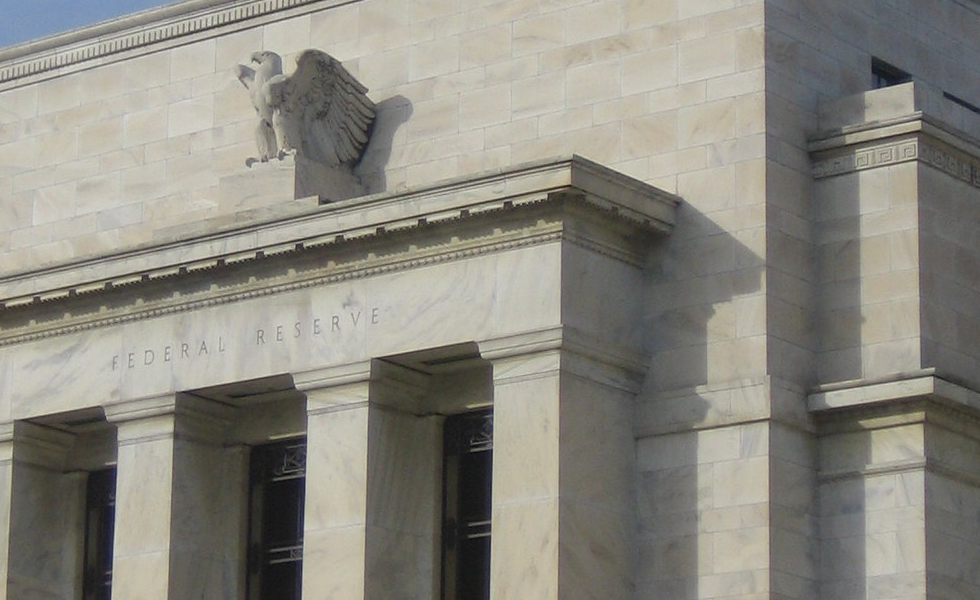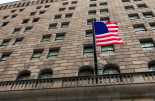Swissquote Bank: Dovish Fed backs global stock rally
Swissquote Bank: Dovish Fed backs global stock rally

By Ipek Ozkardeskaya, Senior Analyst at Swissquote Bank
The Federal Reserve (Fed) Chair Jerome Powell brought a new policy approach on the table at yesterday’s Jackson Hole meeting, tweaking the Fed’s inflation target from 2% to ‘2% over time’ as expected. The latter change will allow the Fed to keep the interest rates low for longer and to concentrate on achieving a healthier jobs market amid the Covid pandemic wreaked havoc on businesses leaving around 14.5 million Americans jobless. The US economy contracted 31.7% during the second quarter, the worst on record, but slightly below the analyst expectations.
The PCE index, a gauge for US inflation closely monitored by the Fed, fell 1.8% in the second quarter from 1.3% printed a month earlier, hinting that the Fed’s language tweak will in fact allow a consequential overshoot in medium-term inflation. But the Fed won’t be forced to scale back its ultra-lose monetary policy as a result of a single data point. As a result, investors will watch the July PCE index today, without however worrying too much about every single uptick in inflation data.
In conclusion, Powell’s speech was dovish enough to boost appetite in US stocks. The S&P500 hit 3500, a fresh record, though trading was choppy and the index ended the session timidly up by 0.17%. The Dow gained 0.57%, as Nasdaq retreated 0.34%.
The US dollar was sold sharply during Powell’s speech, and remained depressed against the G10 majors. US treasuries remained under pressure; the US yield curve steepened as the longer maturity bonds were hit heavier due to increased inflation expectations. The US 10-year yield jumped to 077%, a level last seen in June.
Equities in Asia traded mixed. The ASX 200 (-0.70%) edged lower, as Shanghai’s Composite (+0.51%), Hang Seng (+0.87%) and Nikkei (+0.42%) benefited from a firm risk appetite following Powell’s Jackson Hole speech.
Activity in European equity futures hint at recovery following yesterday’s losses.
Gold shortly spiked past $1950 per oz, but quickly returned to its current $1900/1950 trading range. The dovish Fed and increased inflation expectations should continue giving support to the yellow metal in the medium run, yet investors are losing appetite in fresh long positions nearing the $2000 level, as the rising treasury yields increase the opportunity cost of holding gold, while the actual price levels point at a limited upside potential only.
The weak US dollar continues fueling gains in EURUSD, GBPUSD and AUDUSD.
The EURUSD advanced to 1.19, and Cable hit a fresh post-pandemic high at 1.3284. Though we consider both levels overstretched due to rising concerns over the spreading pandemic in Europe and unresolved Brexit tensions months into the final divorce bill, we do not rule out the possibility of further advance as investors seem unwilling to return to the US dollar soon.
The AUDUSD is preparing to test the 0.73 resistance on the back of a broadly soft US dollar, iron ore prices progressing to year-high levels and data showing a faster economic recovery in China, Australia’s biggest trading partner.
WTI crude eased below $43 per barrel as Hurricane Laura lost strength after hitting Louisiana, suggesting that Texas refineries will be avoiding the worst of the storm. There is a stronger toppish feeling near the current levels, which point at a rising possibility of a deeper downside correction towards $42.30 pb (50-day moving average), then to $40 pb.
The USDCAD slips below the 1.31 mark for the first time since January. The weak US dollar and steady oil prices continue giving support to the Loonie bulls. Due today, the Canadian GDP figures could show some improvement in June and encourage the pair to progress towards our medium term 1.30 target. But a potential downside correction in oil prices could limit the USDCAD’s decline near this level.







